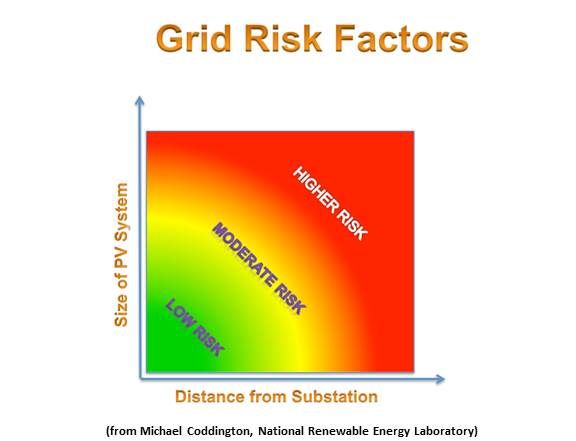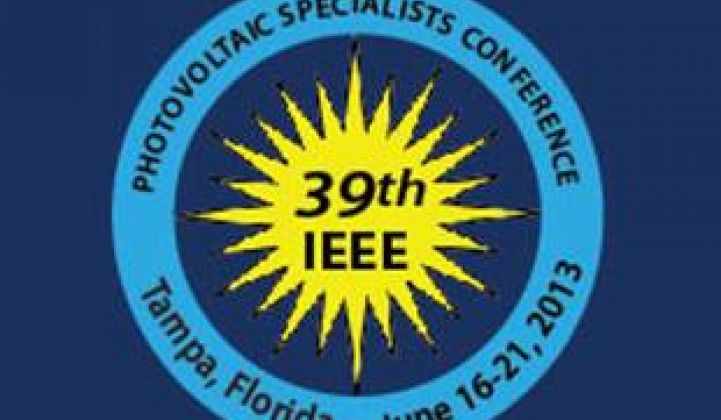As renewables rise to double-digit proportions of U.S. electricity and to fulfilling half the electricity demand in some nations abroad, new ways to handle the tensions between threatened utilities and ambitious renewables developers are emerging.
The first thing is to understand what the utilities’ concerns are, according to Michael Coddington, a National Renewable Energy Labs grid integration researcher.
After doing extended interviews with utilities from HECO to LIPA and including PG&E, Austin Energy, Nashville Electric and Central Hudson, Coddington said during a talk at the 39th IEEE Photovoltaic Specialists Conference in Tampa, Florida that he found a list from Southern California Edison (NYSE:EI) that represents utility concerns well.
Utilities’ Top Eight Concerns With Distributed Generation
- Voltage control: Solar can take voltage too high; wind can bring it too low
- Protection: Utilities need to protect personnel, equipment and the system
- Systems operation: Managing the many new sources requires new organizational tools
- Power quality: Utilities need to see capable inverters, transformers, and power electronics
- Feeder loading criteria: Substations can only do what they can do
- Equipment specifications: Which new technologies will survive?
- Application review: Developers need to know how to tell utilities what they are doing
- Clarification of responsibilities: There should be a clear line between utilities and developers
The first source of confusion has to do with regulatory authority. Six organizations may govern interconnection to the bulk power system:
- Institute of Electrical and Electronics Engineers (IEEE)
- North American Electric Reliability Corporation (NERC)
- Federal Energy Regulatory Commission (FERC)
- American National Standards Institute (ANSI)
- International Electrotechnical Commission (IEC)
- National Electrical Safety Code (NESC)
Five authorities govern the distribution system:
- IEEE
- The relevant public utilities commission
- IEC
- ANSI
- National Electrical Code (NEC)
IEEE’s 1547 standard, published in 2003, is the key uniform standard for the interconnection of distributed generation with electric power systems. It provides requirements for performance, operation, testing, safety, and maintenance. The first amendment, 1547a, addressed voltage and frequency regulation.
Coddington described three specific combinations of factors that impact PV projects’ risk.
Size and distance: The closer the project and the smaller the project, the easier it is for a grid system to integrate it

Impedance and voltage: The lower the impedance and the more stable the voltage from a project, the easier it is for a grid system to integrate it

Size and distance from substation: The smaller the project and the bigger the substation which it interconnects to, the easier it is for a grid system to integrate it

The first seven factors that determine a grid’s PV hosting potential are:
- The heat limits of the wires
- The size of each PV system
- The location of each PV system
- Cloud variability
- Location of capacitor banks
- Line regulation configuration
- The amount of DG and loads on the system
Coddington and NREL are working on a list of interconnection best practices. As of now, it includes twelve steps:
- Online applications and guidelines
- Options to path of impact study
- Low-cost/no-cost application
- Uniform state rules for all utilities
- Standard approach to evaluating applications
- Reasonable screenings and supplemental screening options
- Standardized distribution modeling platform
- Good communication/online tracking system
- Standard impact studies (when required)
- Cost-effective mitigation strategies
- A “partner” attitude between utilities and developers
- Supportive regulators



